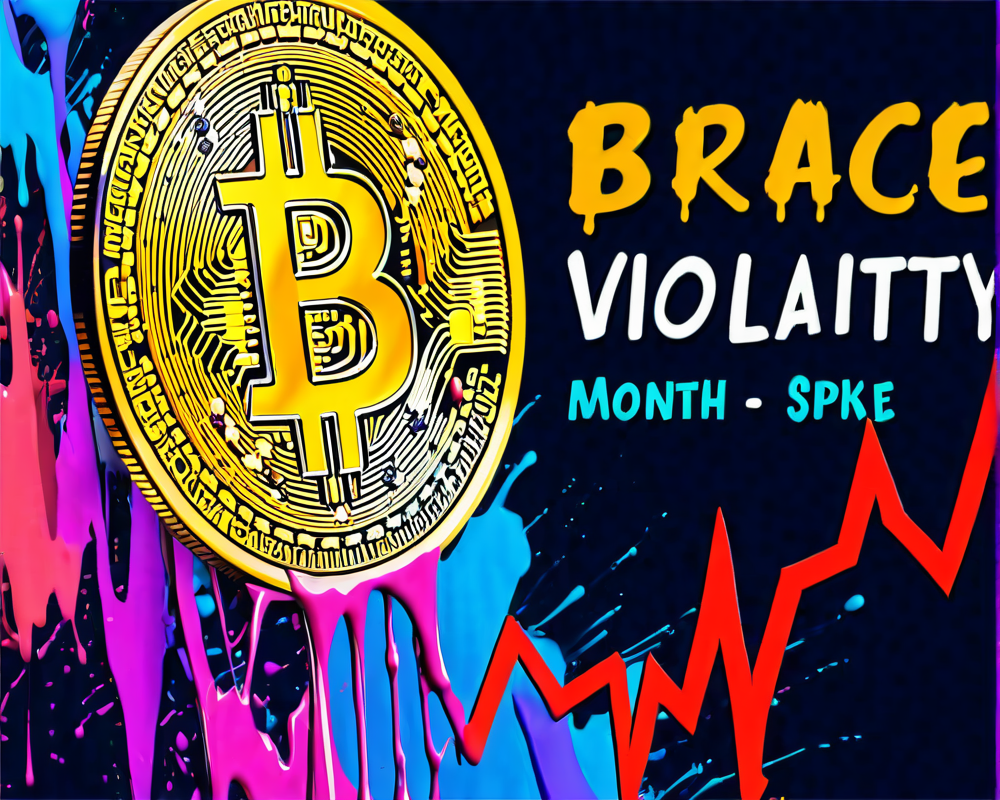The EOS Landscape: An Overview
Welcome to the intriguing world of EOS, where decentralization is the ideal but not always the reality. Just like that friend who promises to host a barbecue but ends up ordering pizza, the structure of Block Producers (BPs) can sometimes lead to unexpected outcomes. EOS operates on a delegated proof-of-stake (DPoS) model, allowing token holders to vote for BPs based on their community contributions and prowess in maintaining infrastructure.
Six is a Crowd: The Centralization Conundrum
Recently, EOS New York dropped a bombshell: they claimed that six registered Block Producers appear to be controlled by a single entity. In a tweet that echoed like a warning siren, they called for transparency among the top registered producers. This isn’t just foot-in-mouth news; it raises alarms about the very centralization that the EOS ecosystem initially sought to eliminate.
The Fun Side of Block Producers
While miners in Proof-of-Work systems can be akin to individual squirrels hoarding acorns, BPs operate more like communities potlucks—everyone needs to bring something to the table! Prospective BPs must deliver not only technical infrastructure but also community support and development resources.
Community Reactions: Diverse Opinions
The crypto community is buzzing. Not everyone agrees on the best solution to this apparent centralization issue.
Twitter user James Mart pointed out that merely bandaging this with manual efforts is a futile game of ‘whack-a-mole.’
He’s advocating for a complete overhaul of governance and voting mechanisms, pushing for a system that provides long-term stability.
However, some, like trader Justin Buck, raised an eyebrow and questioned the DPoS mechanism itself, suggesting it lacks true Byzantine Fault Tolerance. Is there an underlying flaw in the architecture of EOS? It’s like building a house on stilts; it looks good until the tide rises.
The Bid for Better Governance
Amid this dialogue, the crypto world has its eyes on the latest developments from EOS developer Block.one, who recently introduced version 2.0 of the EOSIO protocol. Designed for better performance, security, and smart contract efficiency, this upgrade could be the key to resolving tensions around governance and decentralization.
Conclusion: A Path Ahead
The recent accusations by EOS New York have spotlighted important issues about centralization and the integrity of the EOS network. As discussions unfold, the responsibility lies on the shoulders of both producers and token holders to demand better oversight and transparency. After all, in a community envisioned to be decentralized, it should certainly not feel like a high-stakes monopoly game!



